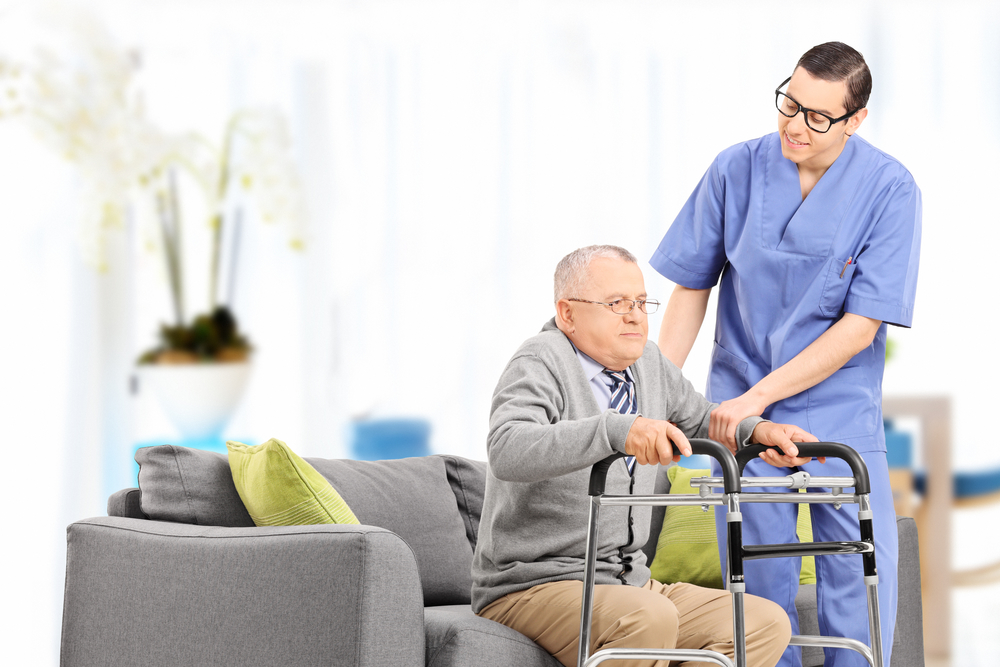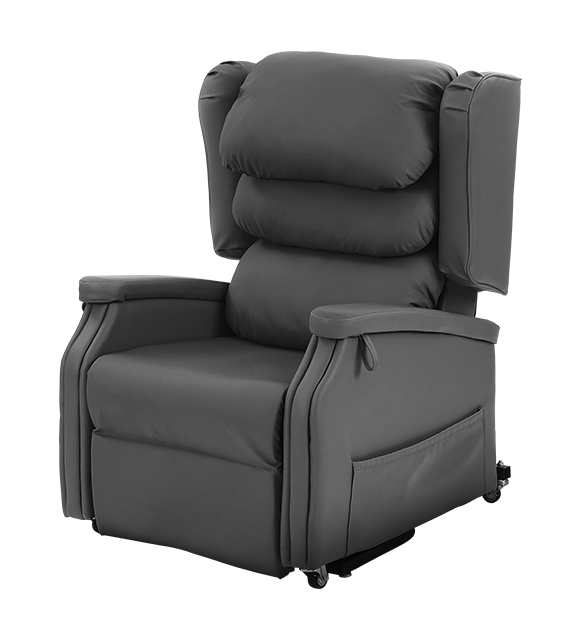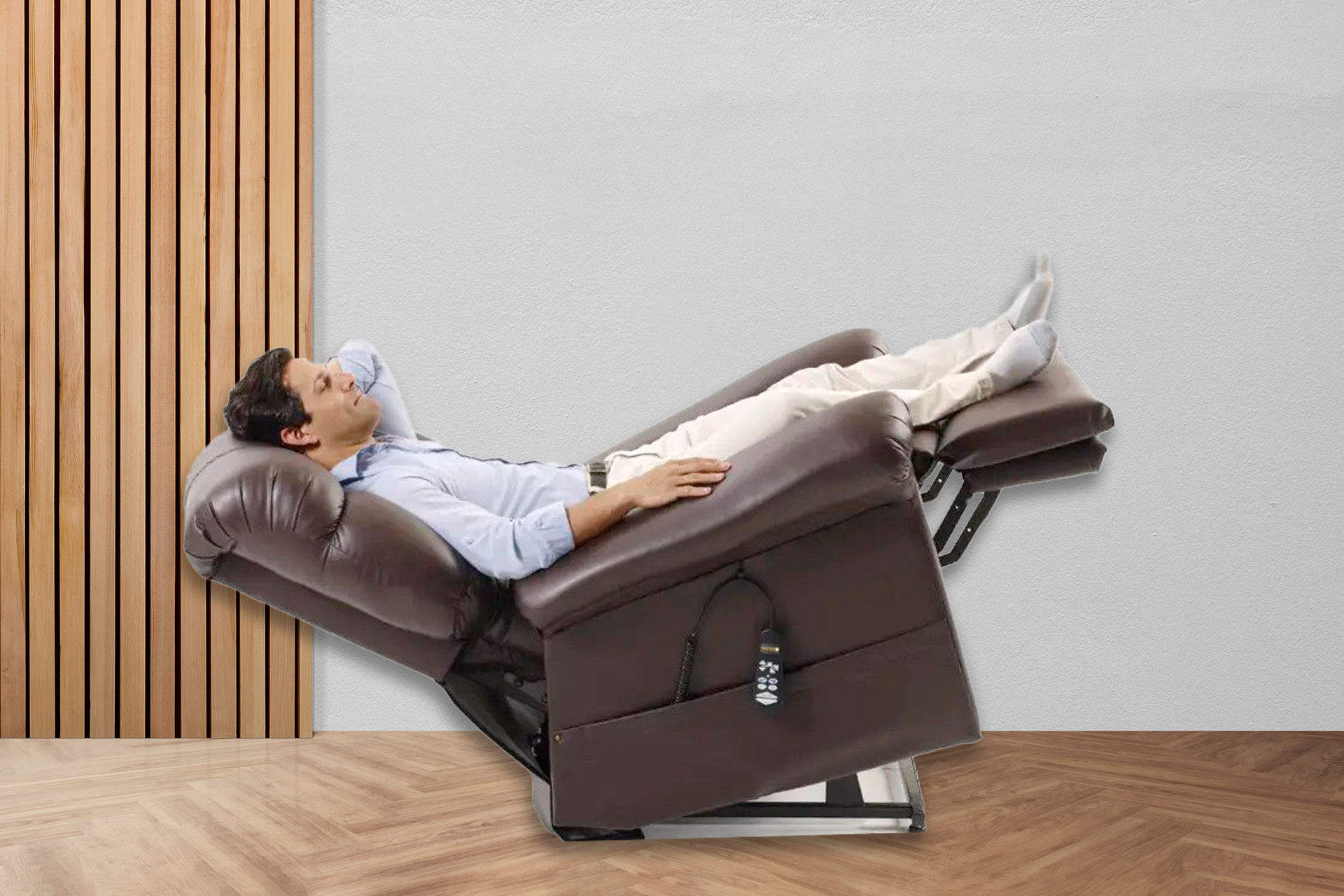
How to Enhance Mobility & Safety for the Elderly
Reduce fall risks with lift assistance
Electric lift chairs play a critical role in reducing fall risks among the elderly. By providing a stable and supportive mechanism to assist in sitting and standing, these chairs minimize the need for sudden movements that can lead to falls. Additionally, the smooth and controlled motion of the lift mechanism ensures a safe transition for users with mobility challenges.
Promote independence in daily activities
One of the most significant benefits of using an electric lift chair is the promotion of independence in daily activities. For many elderly individuals, the physical effort required to get up from a chair can be a barrier to engaging in routine tasks or social interactions. Electric lift chairs empower users by enabling them to stand or sit with minimal assistance, thus fostering autonomy and a sense of confidence in managing their daily routines independently.
Implement safety tips for using electric lift chairs
Safety is paramount when using electric lift chairs. Here are some essential safety tips:
- Ensure Proper Positioning: Make sure the chair is placed on a flat, stable surface to prevent tipping.
- Check the Power Source: Regularly inspect the power cord and connections to ensure they are secure and free from damage.
- Read the Manual Thoroughly: Familiarize yourself with the chair’s operation manual to understand all functions and precautions.
- Avoid Overloading: Do not exceed the recommended weight capacity of the chair to ensure its stability and longevity.
- Keep Pathways Clear: Ensure there is adequate space around the chair for unobstructed movement, reducing the risk of tripping hazards.
- Regular Maintenance: Schedule routine maintenance checks to ensure the mechanical and electric components are functioning correctly.
By following these guidelines, users and caregivers can maximize the benefits of electric lift chairs while ensuring a safe and efficient operation.

Discover Medical Benefits of Recliner Lift Chairs
Alleviate joint and muscle pain
Recliner lift chairs are designed to provide ergonomic support and comfort, which can be particularly beneficial for individuals suffering from joint and muscle pain. The ability to adjust the chair into various positions helps distribute body weight evenly, reducing pressure on painful areas. This can alleviate strain on joints and muscles during transitions between sitting and standing, offering relief to those with conditions such as arthritis or muscular dystrophy.
Improve circulation and respiratory function
Electric lift chairs can significantly improve circulation and respiratory function by enabling users to find the optimal seating position that facilitates better blood flow. The reclining function of these chairs allows the legs to be elevated above heart level, encouraging proper circulation and reducing swelling or pooling of blood in the extremities. Additionally, the ability to recline can aid in expanding the chest cavity, which enhances respiratory function and can be beneficial for individuals with breathing difficulties.
Manage edema and pressure sores
Recliner lift chairs offer an effective solution for managing edema and preventing pressure sores. By providing the capability to adjust seating positions easily, these chairs help shift pressure from critical areas prone to sores, such as the back and buttocks, thereby promoting skin health. The elevation of legs afforded by these chairs helps in the efficient management of fluid retention and swelling, often associated with edema. Regular shifts in position facilitated by the chair’s mechanisms can significantly decrease the risk of developing pressure ulcers, especially in individuals who may spend extended periods seated.

How to Choose the Right Electric Lift Chair for Your Needs
Identify key features to consider
When choosing the right electric lift chair, it’s important to consider several key features to ensure the chair meets your specific needs:
- Size and Fit: Make sure the chair dimensions are suitable for the user’s height and weight, providing adequate support and comfort.
- Weight Capacity: Check the chair’s weight limits to ensure safety and durability.
- Reclining Positions: Different models offer various reclining options, from basic to infinite positions, to suit different comfort levels and medical needs.
- Material and Upholstery: Consider the material for durability and ease of cleaning, as well as any personal preferences for fabric type or leather.
- Additional Features: Some chairs come with extras such as massage functions, heat therapy, or built-in USB charging ports for added convenience.
- Ease of Use: Look for a chair with a straightforward control panel for ease of operation.
Match chair functions to specific health conditions
Selecting the right chair involves matching its functions to the user’s health conditions:
- Arthritis or Joint Pain: Look for a lift chair with gentle transition mechanisms and customized ergonomic support to reduce joint stress.
- Edema or Circulation Issues: An option that allows legs elevation is essential for aiding in proper circulation and managing swelling.
- Respiratory Problems: Consider a chair that can provide positions to alleviate respiratory discomfort, such as semi-recline positions that enhance lung capacity.
- Mobility Limitations: A wide range of reclining positions and lift capabilities can benefit users with significant mobility issues.
- Bariatric Needs: Choose a chair that offers a higher weight capacity and durable construction for heavier users.
Explore Medicare coverage and purchasing tips
Understanding Medicare coverage can alleviate some financial burdens associated with purchasing an electric lift chair:
- Medicare Part B: Lift chairs are partially covered under Medicare Part B as durable medical equipment, meaning the motorized lifting mechanism is eligible for reimbursement if prescribed by a doctor as medically necessary.
- Doctor’s Certification: Obtain a doctor’s certification to establish medical necessity, which is crucial for insurance claims.
- Approved Suppliers: Purchase from Medicare-approved suppliers to ensure insurance coverage applies.
- Financial Planning: If Medicare coverage is not available, consider flexible payment plans or financing options offered by suppliers.
- Warranty and Service: Check for warranties and after-sales service availability, which can be critical for long-term maintenance and support.
By carefully considering these features and understanding potential coverage options, users can select an electric lift chair that best suits their individual needs and provides long-term benefits.

Explore Emotional & Social Advantages Beyond Physical Health
Boost confidence and mental well-being
Electric lift chairs do more than just provide physical support; they also contribute significantly to emotional well-being. By allowing individuals to perform daily activities on their own, these chairs instill a sense of independence and self-reliance. This newfound confidence can lead to improved mental health, as users feel more in control of their daily lives and less dependent on others for basic movements.
Enhance social interactions and quality of life
With increased mobility and independence, users of electric lift chairs often find themselves more inclined to engage in social activities. Attending family gatherings, participating in community events, and simply welcoming visitors into their homes become more accessible and enjoyable experiences. By reducing the physical barriers to social interaction, lift chairs help users maintain a vibrant social life, thus enhancing their overall quality of life.
Examine long-term benefits for caregivers and family members
The benefits of electric lift chairs extend beyond the individual user, positively impacting caregivers and family members as well. By helping reduce the physical demands placed on caregivers—such as lifting and transferring—a lift chair can alleviate some of the physical stress involved in caregiving. This can lead to an improved caregiver experience, reducing burnout and enabling caregivers to focus more on quality interactions rather than physical support. Additionally, family members can find peace of mind knowing that their loved ones have a tool that supports their independence and safety.
